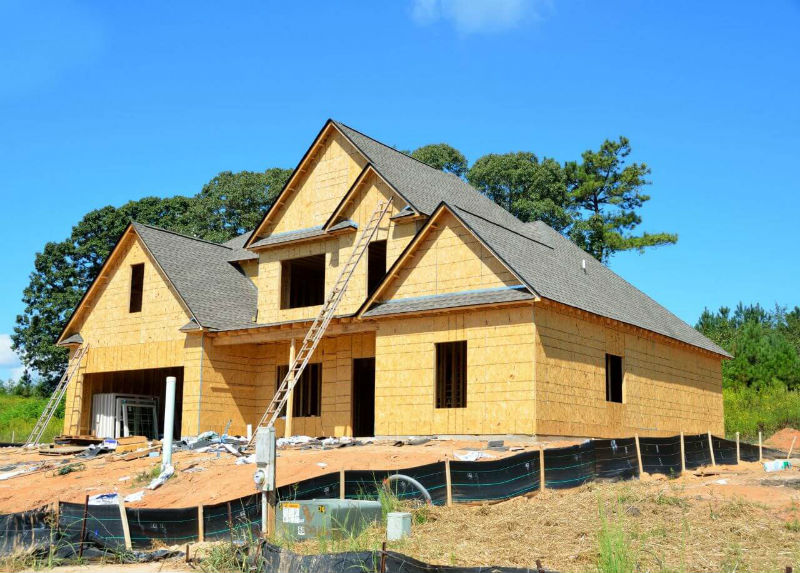Waterproofing is a practice that involves coating the wall’s exterior of a foundation to prevent water vapor and water from moving through the wall. A foundation problem is the second worst case scenario to a homeowner or any residential structure, other than fire. This is the base of the house and any problems affecting it put the whole building at risk.

Water is the primary enemy of foundations today. Wet soil in most cases causes the soil to lose strength and swell. Another impending problem is crawl spaces and wet damp basements which make the building susceptible to mold and create an unpleasant environment suitable for pests.
Concrete is not waterproof and most of the times it is cracked. If not cracked, it would be able to prevent water from getting in but water vapor can still go through the concrete easily. A successful structure is one that ensures the foundation is kept dry at all times. This is by draining any water around the area and ensuring a dry interior space.
This is dependent on a lot of factors like climate, topography, geographic location, foundation depth, and soil/water table conditions. Any system designed to ensure the area remains dry runs on three main components, namely;
Wall Treatment
Routes water down the drains and prevents movement of moisture through the walls.
Drains
Directs water away from the foundation’s bottom.
Ground Surface Treatment
Located adjacent to the building and directs surface water elsewhere.
Several products and techniques employed in the market for waterproofing include;
1. Damp Proofing
It is an asphalt-based coating brushed or sprayed on the outside of foundation walls. Damp proofing is mistakenly named as a waterproofing method which is not the case. Its main purpose is to keep out soil moisture while waterproofing keeps out both water and soil moisture.
2. Interior Drainage Systems
This method is quite favorable as it includes minimal disruptions. It focuses on hydrostatic pressure through the walls. Drainage piping is installed to enter a sump pump system through the basement.
3. Exterior Drainage Systems
This involves excavation in order to install or replace drainage water pipes. Sometimes a waterproof membrane is applied to the outside to avoid water infiltration. It is more expensive due to the digging down and also cause a lot of disruption to porches, driveways, or landscapes. It may also lead to clogging of French drains during the backfill process.
4. Waterproofing Paints and Primers
These are thicker versions of your normal acrylic paint. This is something you can be able to do yourself. Paints and primers are mostly a cosmetic fix and won’t work if the source of the problem is not addressed. It is not a sure way to stop seepage through the walls. Sometimes the paint traps condensation inside the wall. Other times bubbles can form on the wall and cause the paint to peel off.
It is extremely important to find a skilled contractor for the underground work. If done wrong the first time, it can lead to extensive damage to the structure, finishing, and furnishings. It can also lead to damage to expensive equipment, especially in commercial buildings. This leads to disrupted work, wasted money and resources, and even sometimes legal battles.

